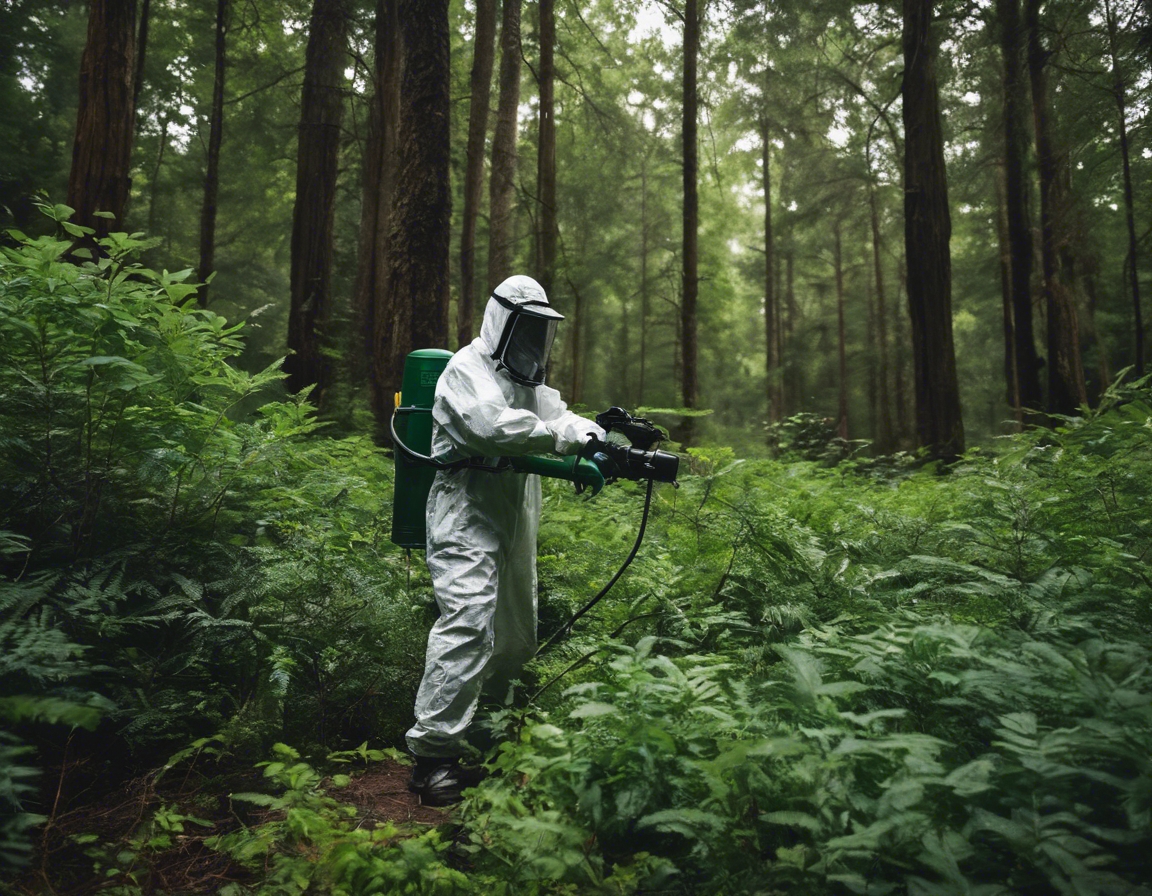5 cutting-edge techniques in nature conservation
As the guardians of our planet's future, it is imperative that we employ the most innovative techniques in nature conservation to address the challenges faced by our natural world. In this blog post, we will explore five cutting-edge techniques that are revolutionizing the field of conservation and offering new hope for the preservation of biodiversity.
1. Remote Sensing and Monitoring
Advancements in satellite technology have provided conservationists with unprecedented views of the Earth's surface. High-resolution imagery allows for detailed monitoring of habitat changes, species migration patterns, and the impacts of climate change on ecosystems.
Drones are becoming an invaluable tool for conservation efforts. They can access remote areas, collect data on wildlife populations, and monitor illegal activities such as poaching and deforestation.
Artificial intelligence and machine learning algorithms are being used to analyze vast amounts of environmental data. These technologies can identify trends, predict outcomes, and help make informed decisions for conservation strategies.
2. Genetic Rescue and Bioengineering
CRISPR-Cas9 technology has the potential to edit the genes of endangered species to enhance their survival. It can be used to increase genetic diversity, build resistance to diseases, and adapt species to changing environments.
Gene drives are a genetic engineering technology that can spread a particular set of genes throughout a population. This technique could be used to control invasive species or spread genes that could help protect endangered species.
De-extinction, or the process of bringing extinct species back to life, is a controversial but potentially transformative conservation tool. It could restore lost species and the ecological functions they once provided.
3. Ecosystem Restoration and Reforestation
Assisted natural regeneration (ANR) is a cost-effective strategy for restoring degraded lands. It involves protecting and nurturing the natural regrowth of forests, which can increase biodiversity and ecosystem services.
The Miyawaki method is a technique for creating dense, native forests in a short time frame. It emphasizes the use of local species and can lead to the rapid restoration of natural habitats.
Using native species in reforestation efforts ensures that the restored ecosystems are resilient and sustainable. Native plants provide habitat for local wildlife and contribute to the overall health of the environment.
4. Innovative Conservation Financing
Payment for ecosystem services is a financial mechanism that incentivizes the conservation of natural resources. Landowners receive payments for managing their land in ways that provide ecological benefits.
Green bonds are a type of fixed-income instrument designed to support climate-related or environmental projects. This financing can fund large-scale conservation projects and sustainable infrastructure.
Conservation trust funds are dedicated funds that provide sustainable financing for biodiversity conservation. They can support a range of activities, from protected area management to community conservation initiatives.
5. Community-Based Conservation
Participatory resource management involves local communities in the decision-making process for managing natural resources. This approach can lead to more sustainable and equitable conservation outcomes.
Ecotourism provides a sustainable way for communities to benefit from conservation. It promotes responsible travel to natural areas, conserving the environment, and improving the well-being of local people.
Education and capacity building are essential for empowering communities to participate in conservation efforts. By increasing awareness and providing training, communities can become effective stewards of their natural resources.






Comments (0)